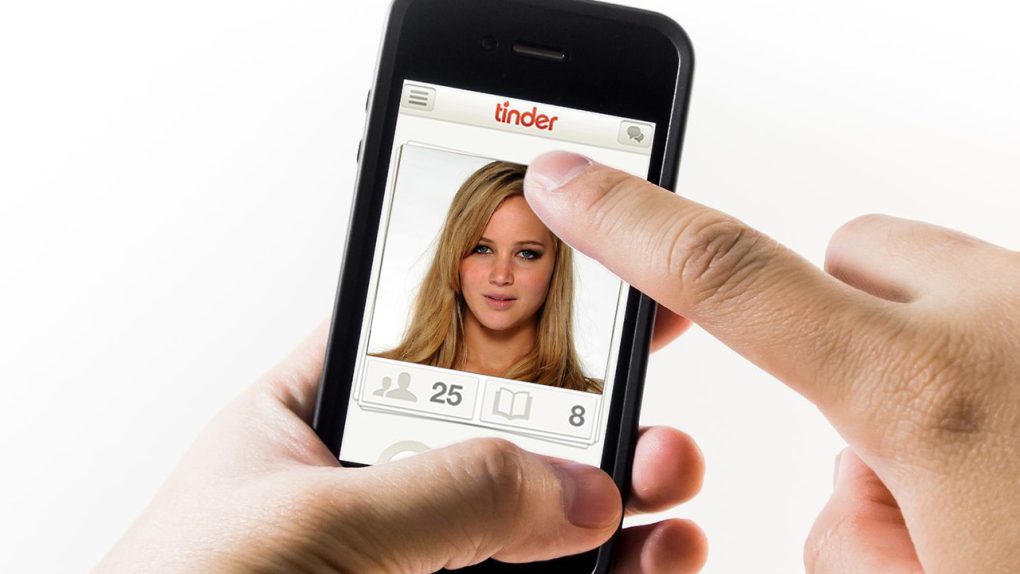In a number of ways, the dating game today is easier than it’s ever been. Thanks to mobile apps like Tinder, Hinge, Grindr, and OK Cupid — just to name a few — the ability to connect with potential romantic partners has never been more convenient. At the same time, there may be a downside to all of this meeting and greeting.
According to a new health report from the Rhode Island Department of Health, the state saw a tremendous increase in the overall number of new STD cases, a phenomenon that may very well be attributable to the increasing popularity of dating apps.
DON’T MISS: Google may have just won the cloud wars with Google Photos
Whatever the root cause is, the statistics are undeniably jarring. From 2013 to 2014, the incidence of Syphilis in Rhode Island increased by 79%. Meanwhile, the number of reported cases of gonorrhea and HIV grew by 30% and 33%, respectively.
The report reads in part:
The recent uptick in STDs in Rhode Island follows a national trend. The increase has been attributed to better testing by providers and to high-risk behaviors that have become more common in recent years. High-risk behaviors include using social media to arrange casual and often anonymous sexual encounters, having sex without a condom, having multiple sex partners, and having sex while under the influence of drugs or alcohol.
“These new data underscore the importance of encouraging young people to begin talking to a doctor, nurse, or health educator about sexual health before becoming sexually active and especially after becoming sexually active,” Rosemary Reilly-Chamma of the Rhode Island Department of Education said in the report.
This is especially true given how many young adults and even teenagers are using social apps like Snapchat and Tinder to meet and communicate with romantic partners.




